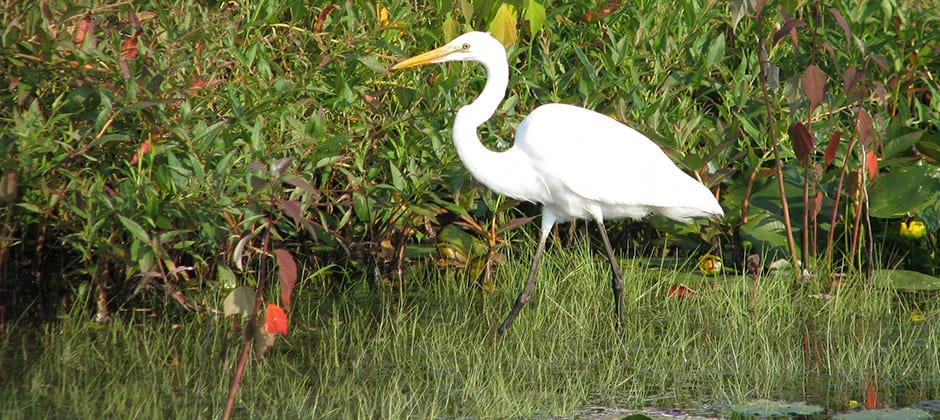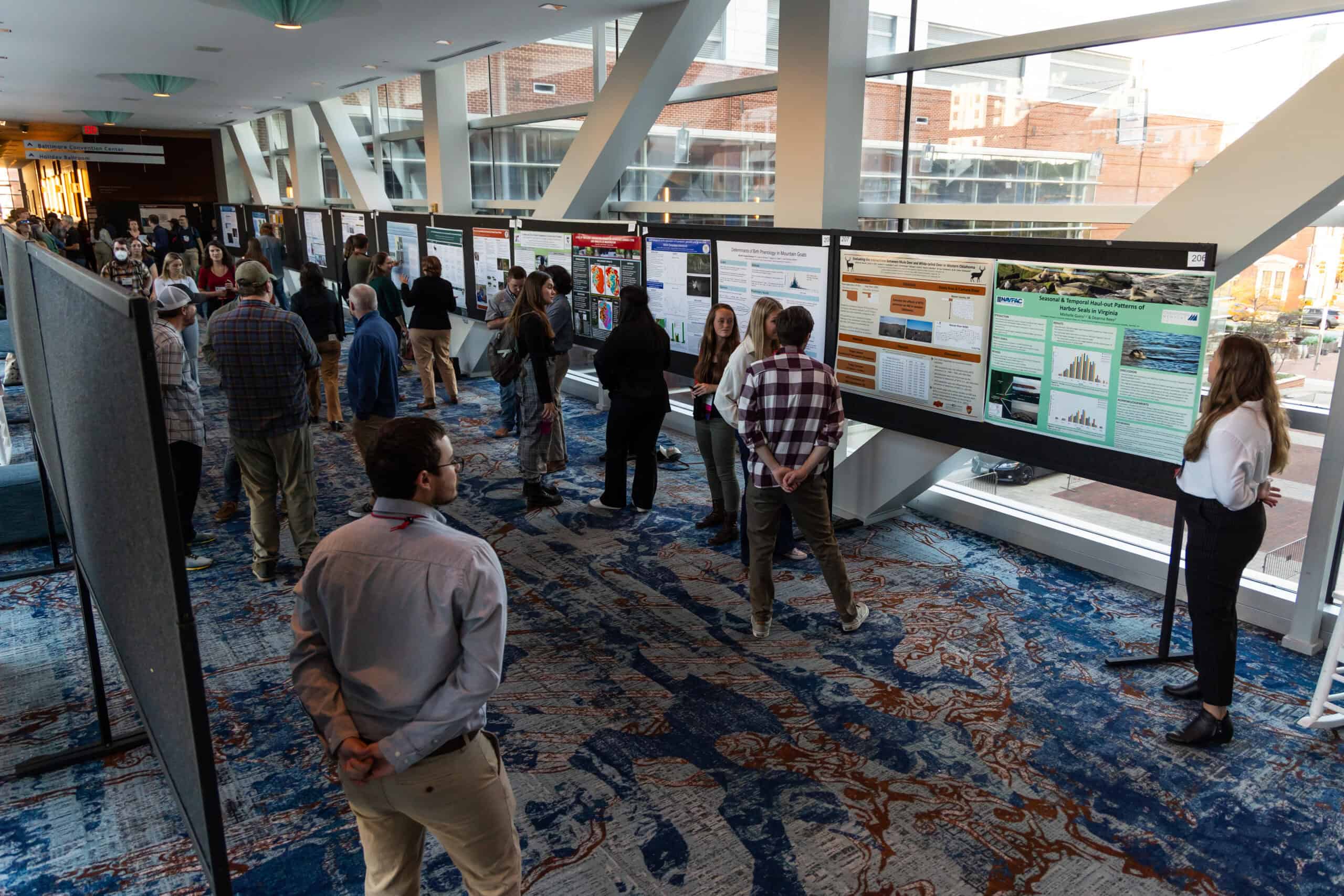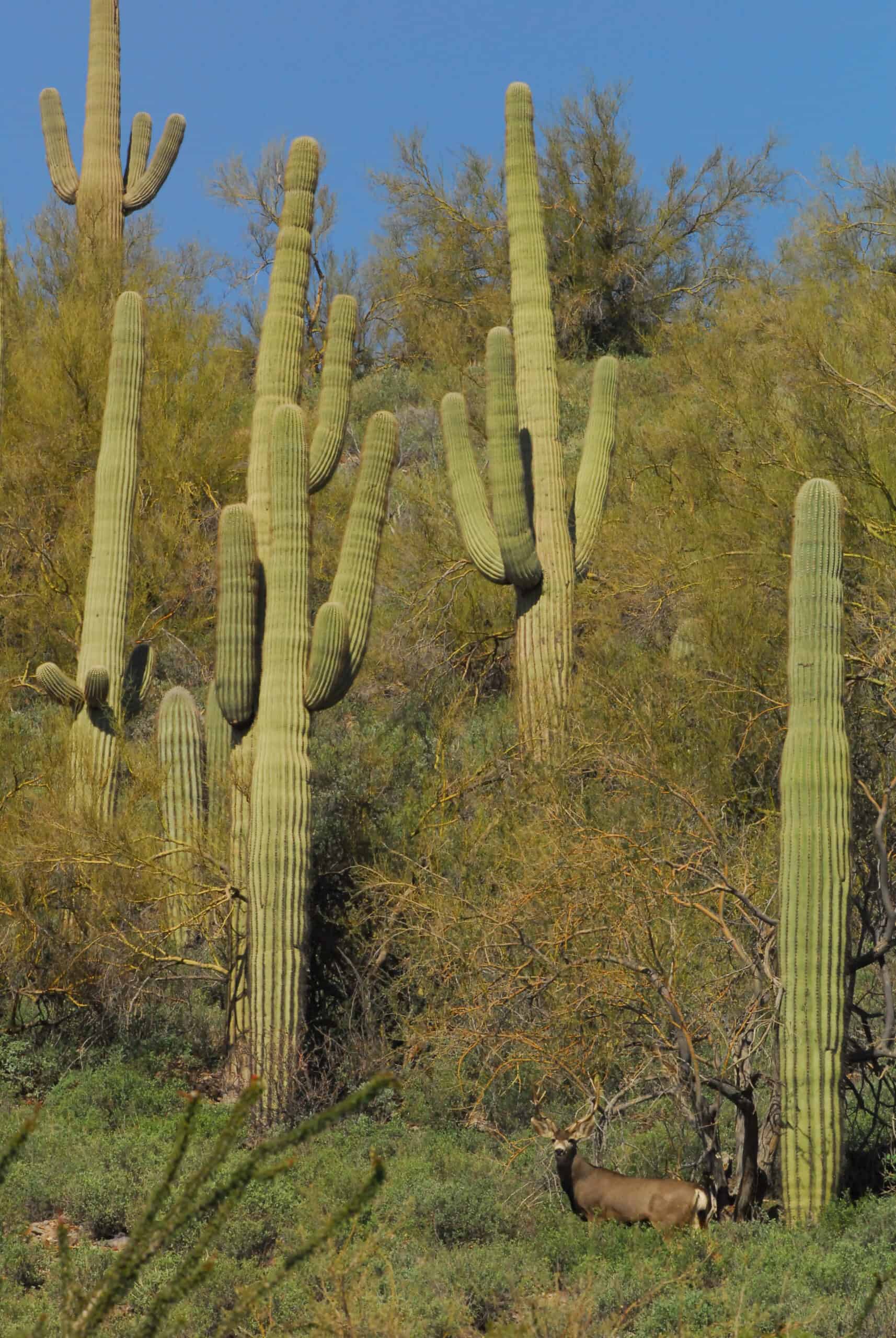Share this article
Final Clean Water Act rule limits waterway protection
A final rule implementing a new definition of “waters of the United States,” published by the Environmental Protection Agency and Army Corps of Engineers, will limit the reach of the Clean Water Act.
In early 2019, the EPA and Army Corps released a proposal to redefine the term “waters of the United States” within the context of the Clean Water Act. The proposed rule would exclude ephemeral streams and some wetlands from the act. According to E&E News, data from the U.S. Geological Survey indicate that the new definition will exclude from Clean Water Act protections more than 18% of streams and 51% of wetlands countrywide that don’t have continuous surface water connections to larger waterways.
The agencies requested public comments on the proposed changes, prompting The Wildlife Society and the American Fisheries Society to submit joint comments in May 2019, strongly opposing the proposed rule and instead supporting the 2015 definition of U.S waters. The letter noted that, unlike the 2015 rule, the proposed definition was not supported by peer-reviewed science and was not subject to a rigorous independent review process.
“The proposed redefinition of WOTUS will make it impossible to achieve the objectives of the Clean Water Act because it excludes numerous waters and wetlands that directly affect the chemical, physical, and biological integrity of primary waters,” the letter read. “The loss of protections for our nation’s waters called for in the proposed Rule would have grave consequences for fish and fisheries and would have far-reaching implications for fish, wildlife and their habitats, as well as the thousands of economies dependent on those systems.”
The EPA’s Science Advisory Board reviewed the proposed rule last year and determined that it “does not incorporate best available science and as such we find that a scientific basis for the proposed Rule, and its consistency with the objectives of the Clean Water Act, is lacking.”
The final rule will go into effect on June 22. Several groups have indicated their intent to challenge the new rule in federal court, with litigation most likely stretching past election day in November and into the next presidential administration.
Read TWS’ comments on the 2015 proposed rule and the 2019 proposed rule.
Read the brief TWS and partners submitted to the U.S. Supreme Court in 2006 in a Clean Water Act case.
Header Image: A final rule recently issued by EPA and the Army Corps will limit the jurisdictional reach of the Clean Water Act. ©USFWS








